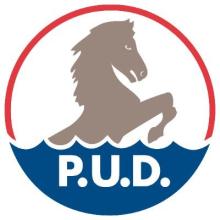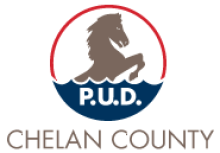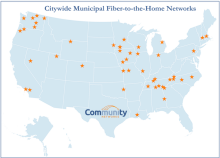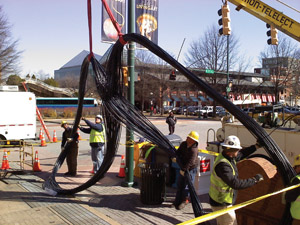Chelan PUD Eyes Options For Costly Completion Of Countywide Fiber Build
Officials in Chelan County, Washington say they are making meaningful progress on its decades-old plan to deliver affordable broadband to all 79,000 county residents. After securing financing for its latest planned fiber expansion, the Chelan County Public Utility District (PUD) says it’s exploring options to help finish the job of equitable, affordable, full-county deployment.
Chelan County PUD was formed in 1936 by local voters frustrated by costly, spotty access to electricity. Like so many utilities, cooperatives, and communities, those rural electrification efforts have helped inform the quest for ubiquitous, affordable broadband access almost a century later.
In 2001, the Chelan PUD began building a county-wide wholesale fiber network at a time when PUDs in the state were restricted from offering retail telecommunications services. (Those state statutes were rolled back by state lawmakers in May 2021). The network currently covers roughly 81% of the county, reaching about 39,000 subscribers; 21,000 of which get broadband service through one of the county’s five local ISP partners.







 The desire to focus on long term investments rather than rapidly evolving services is a natural reaction given the historic role of local governments in long term infrastructure investments. Fiber certainly fits in that description and as many have noted, the comparison to roads is apt.
The desire to focus on long term investments rather than rapidly evolving services is a natural reaction given the historic role of local governments in long term infrastructure investments. Fiber certainly fits in that description and as many have noted, the comparison to roads is apt.
